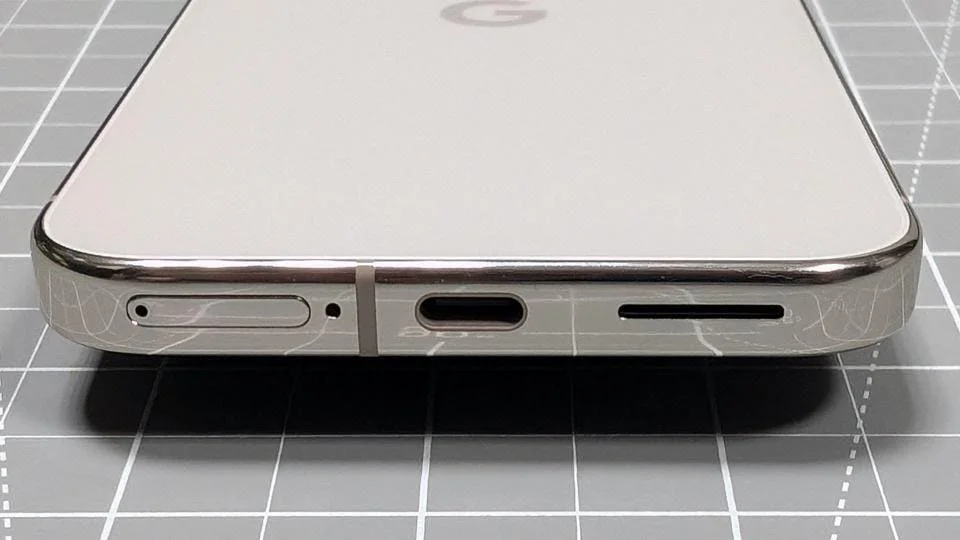
Google Pixel 10 to Address Display Flicker Concerns with Improved PWM Dimming
Google is hinting at significant display enhancements for future Pixel devices, with a particular focus on improving PWM dimming rates. This change, potentially debuting with the Pixel 10 series, could alleviate eye strain issues experienced by some users.
Pulse-width modulation (PWM) is a technique used to control display brightness by rapidly flashing the screen. While effective, low PWM rates can cause discomfort or even sickness for individuals sensitive to flicker. Currently, Google's Pixel 8 Pro utilizes a 246Hz PWM rate, a figure significantly lower than competitors like Honor, which boasts rates as high as 3840Hz on devices like the Honor 200 Pro. Samsung's latest flagships, including the Galaxy S24 series, employ a 492Hz rate.

According to a statement given to Android Central, Google is "aware and investigating" the impact of its displays on PWM-sensitive users. The company indicated that "you can expect updates later this year," strongly suggesting that the Pixel 10 will feature notable improvements to its PWM dimming rate.
Android Headlines also reported Android 16 could arrive on June 3, indicating the Pixel 10 family will debut with the latest software. Given the intense focus on smartphone artificial intelligence tools in general, and Google Gemini in particular, the Pixel 10 and Pixel 10 Pro will bring the latest tools to the market and potentially set the tone of mobile AI for another twelve months.
Industry expert Nick Sutrich, who has long advocated for improved display technology in Pixel phones, highlights the significance of this potential change. He notes that Google and Samsung have historically remained silent on the PWM issue, making this shift in stance a noteworthy development. Sutrich suggests that Google may introduce an accessibility mode for flicker-sensitive users or implement a hybrid dimming mode that utilizes DC dimming at high brightness and high-Hz PWM dimming at low brightness, the current industry standard.

Sutrich points to manufacturers like OnePlus and Honor, which offer significantly higher dimming rates and dimming options, giving consumers more flexibility according to specific needs. Some are hopeful that Pixel 10 displays will become comparable to the top brands.
While the exact nature of Google's display improvements remains to be seen, the company's acknowledgment of the issue and commitment to future updates offers hope to users sensitive to PWM flicker. Will Google deliver on its promise to improve display comfort? What other features are you hoping to see in the Pixel 10? Let us know in the comments below!